

Johns Hopkins University (JHU) continues to pad its space community résumé with their interactive map, “The map of the observable Universe”, that takes viewers on a 13.7-billion-year-old tour of the cosmos from the present to the moments after the Big Bang. While JHU is responsible for creating the site, additional contributions were made by NASA, the European Space Agency, the National Science Foundation, and the Sloan Foundation.
#NSN #NASA #Astronomy Dive into the fascinating discovery that could change our search for life in the universe! Learn how amino acids on Jupiter’s Europa and Saturn’s Enceladus could reveal extraterrestrial life just beneath their icy surfaces. Join us as we explore what this means for future space missions and our understanding of life beyond Earth. Chapters: 00:00 Introduction 00:35 Simulating Moons, Discovering Possibilities 02:45 Imagining Life on Distant Moons 05:11 Preparing for Future Missions to Icy Moons 08:15 Outro 08:35 Enjoy Visit our website for up-to-the-minute updates Follow us Facebook Twitter: Join this channel to get access to these perks: #NSN #NASA #Astronomy#Europa #Enceladus #SpaceExploration #NASA #Astrobiology #ExtraterrestrialLife #IcyMoons #LifeInSpace #CosmicMysteries #SpaceMissions #JupiterMoon #SaturnMoon #AminoAcids #ScienceDiscovery #PlanetaryScience #OuterSpace #Astrophysics #LifeBeyondEarth #FutureMissions #SpaceTech #UniverseSecrets #CosmicLife #SpaceNews #Astrochemistry #RadiationInSpace #UnderTheIce #AstroResearch #PlanetsAndMoons #SpaceFrontiers #DeepSpaceExploration
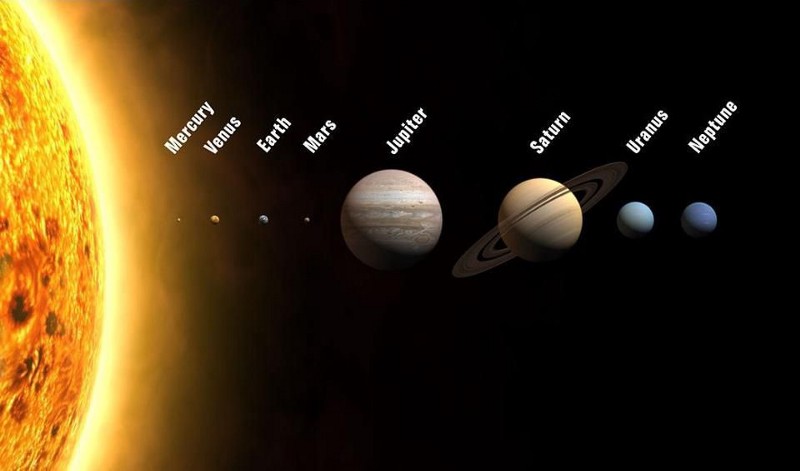
The eight planets of our Solar System and our Sun, to scale in size but not in terms of orbital distances. Note that these are the only eight objects that meet all three of the planetary criteria as set forth by the IAU (International Astronomical Union). Credit:(WIKIMEDIA COMMONS USER WP)
Definition: Astronomically, bodies within the Solar System must achieve three criteria in order to gain the much-vaunted status of planet: Gravitationally pull themselves into a spheroidal shape, where they obtain hydrostatic equilibrium, Orbit the Sun in an ellipse and no other smaller, parent body, and clear their orbit of any substantially-massed objects.
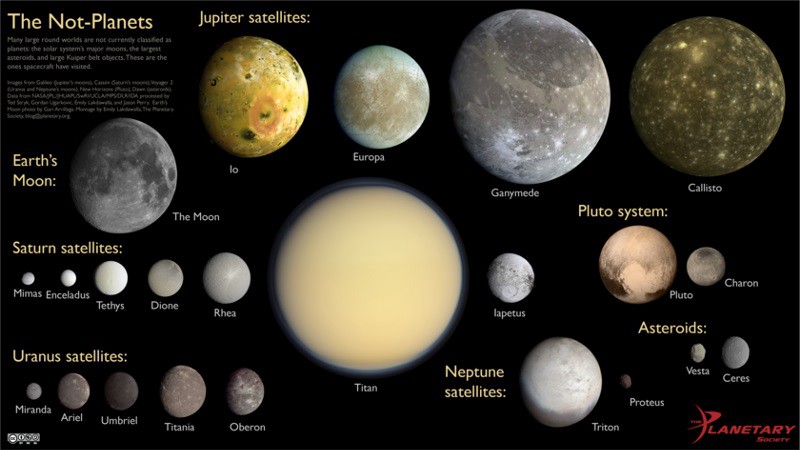
The major moons in our Solar System could contain some objects with candidates for potentially having orbiting moons of their own. If many of these moons were situated in different locations, astronomers would define them as planets. Based on where they are, the seven largest non-planets in the Solar System are all moons. CREDIT: (EMILY LAKDAWALLA, VIA PLANETARY.ORG/MULTIMEDIA/SPACE-IMAGES/CHARTS/THE-NOT-PLANETS.HTML. THE MOON: GARI ARRILLAGA. OTHER DATA: NASA/JPL/JHUAPL/SWRI/UCLA/MPS/IDA. PROCESSING BY TED STRYK, GORDAN UGARKOVIC, EMILY LAKDAWALLA, AND JASON PERRY)
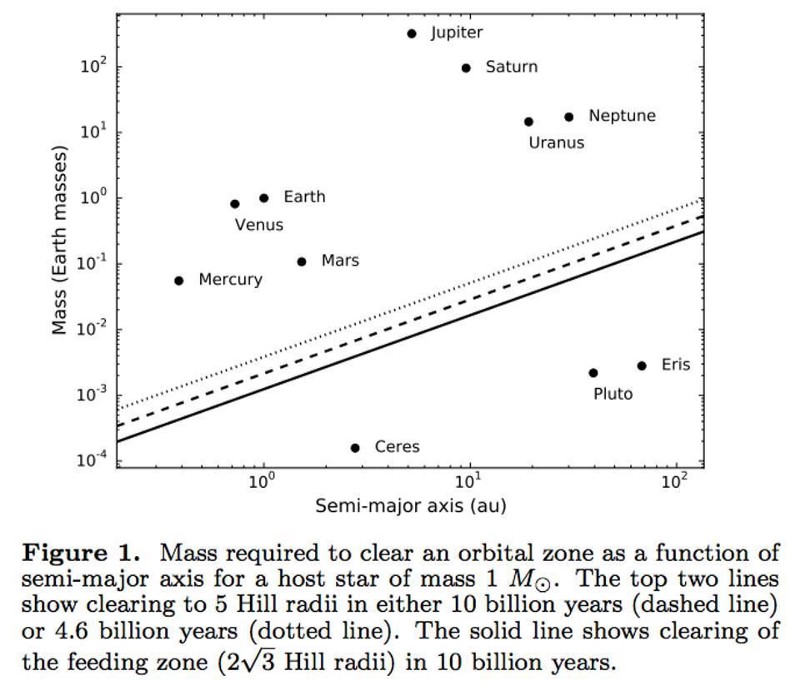
If you judge whether an object is a planet or not by the IAU’s criteria, that satisfies planets in our solar system, but no others. However, by looking at a distant world’s mass, orbital parameters, and the age of the solar system, you can reproduce the IAU’s definition for 99+% of the worlds we know of. credit:(MARGOT (2015), VIA ARXIV.ORG/ABS/1507.06300)
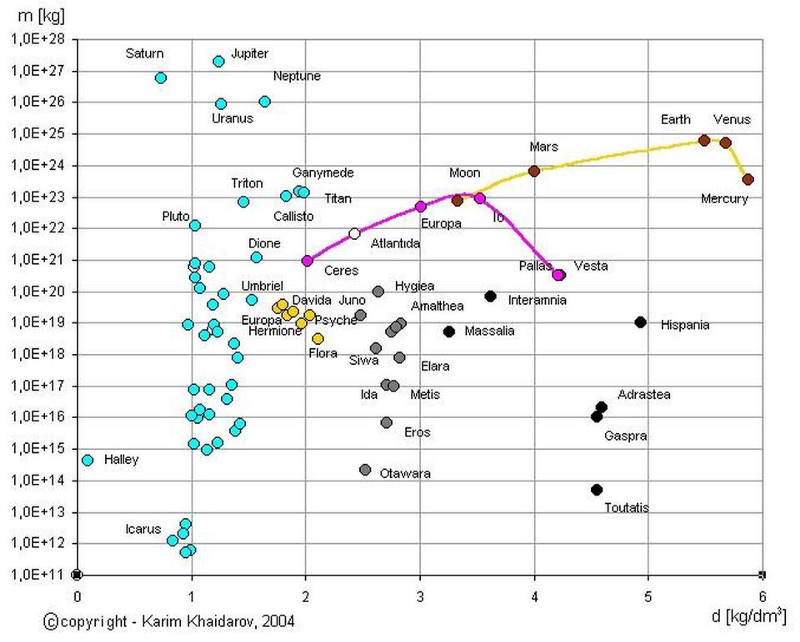
Densities of various bodies in the Solar System. Note the relationship between density and distance from the Sun, the similarity of Triton to Pluto, and how even the satellites of Jupiter, from Io to Callisto, vary in density so tremendously. Credit: (KARIM KHAIDAROV)
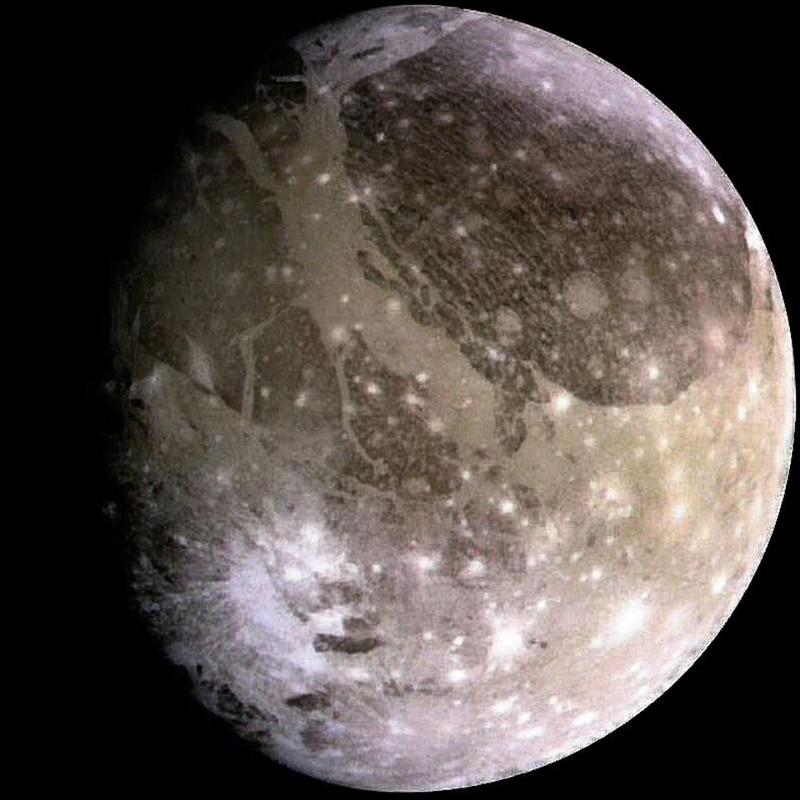
This natural color image of Ganymede’s anti-Jupiter hemisphere comes from the Galileo spacecraft. It has water-ice on its poles down to about 40° latitude, and a thin atmosphere of oxygen and hydrogen atoms, likely made from the vaporized ices. An underground ocean may contain more water than all of Earth combined. credit: (NASA/JPL (EDITED BY WIKIMEDIA COMMONS USER PLANETUSER))
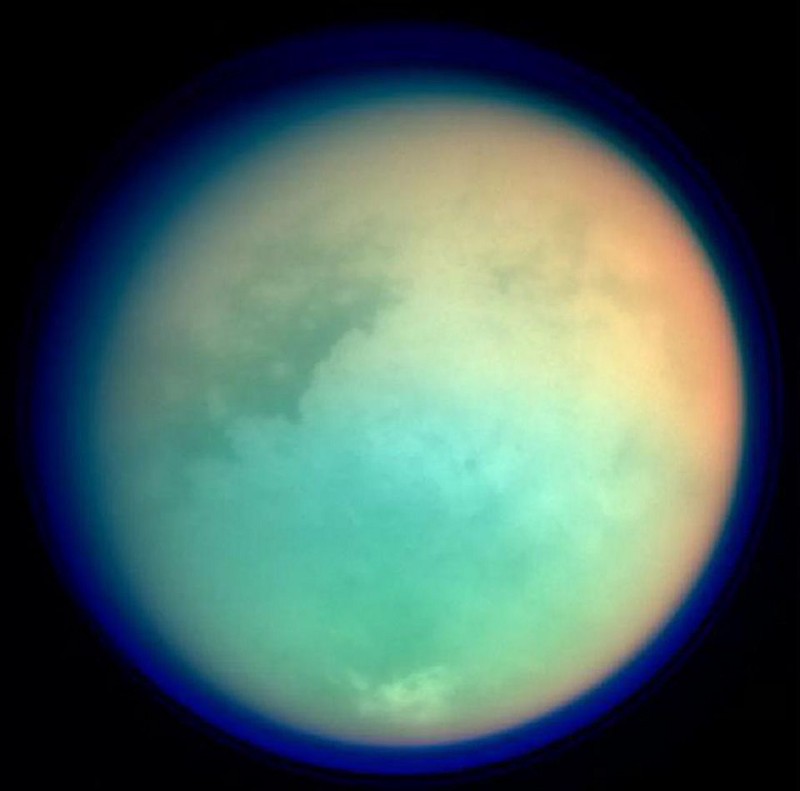
In this assigned-color image of Titan, the methane haze and atmosphere is shown in a near-transparent blue, with surface features beneath the clouds displayed. A composite of ultraviolet, optical, and infrared light was used to construct this view. CREDIT: (NASA/JPL/SPACE SCIENCE INSTITUTE)
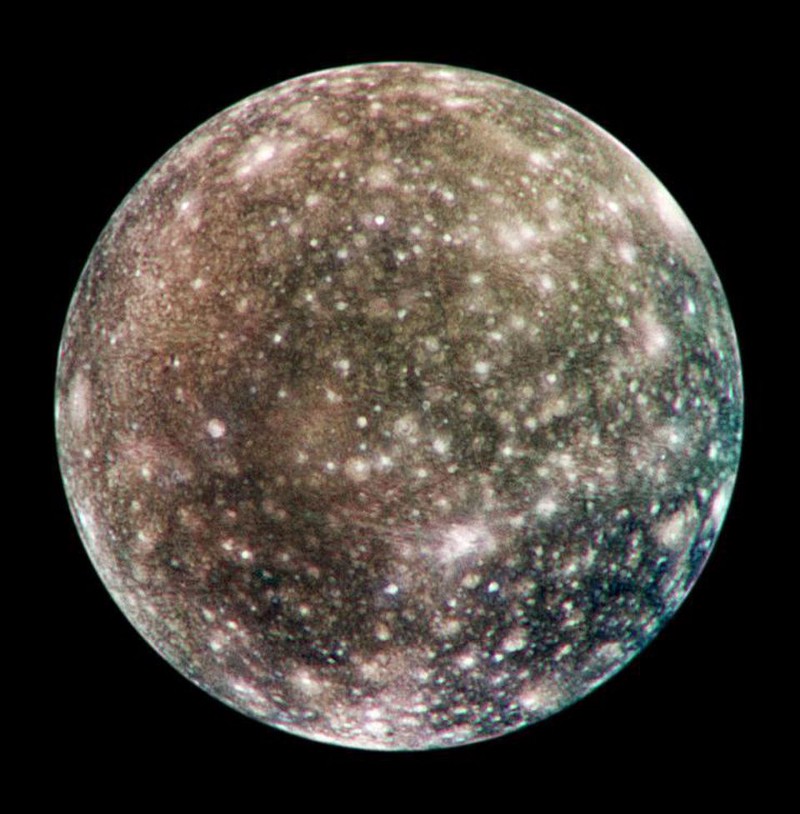
Bright scars on a darker surface testify to a long history of impacts on Jupiter’s moon Callisto in this image of Callisto from NASA’s Galileo spacecraft. The picture, taken in May 2001, is the only complete global color image of Callisto obtained by Galileo, which has been orbiting Jupiter since December 1995. Of Jupiter’s four largest moons, Callisto orbits farthest from the giant planet. Callisto’s surface is uniformly cratered but is not uniform in color or brightness. Scientists believe the brighter areas are mainly ice and the darker areas are highly eroded, ice-poor material. CREDIT: (NASA/JPL/DLR(GERMAN AEROSPACE CENTER))
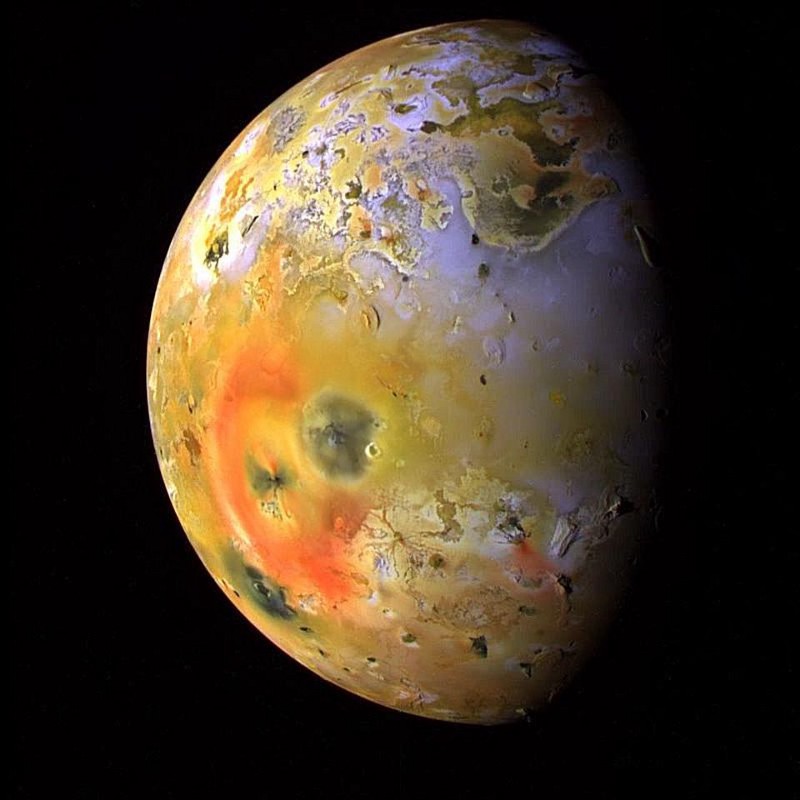
Jupiter’s innermost Galilean satellite, Io, is multicolored from sulfur, ices, and volcanic activity. Its lack of craters indicates a near-constant resurfacing, giving it the youngest surface of any known object in the Solar System. CREDIT: (NASA/JPL/UNIVERSITY OF ARIZONA)
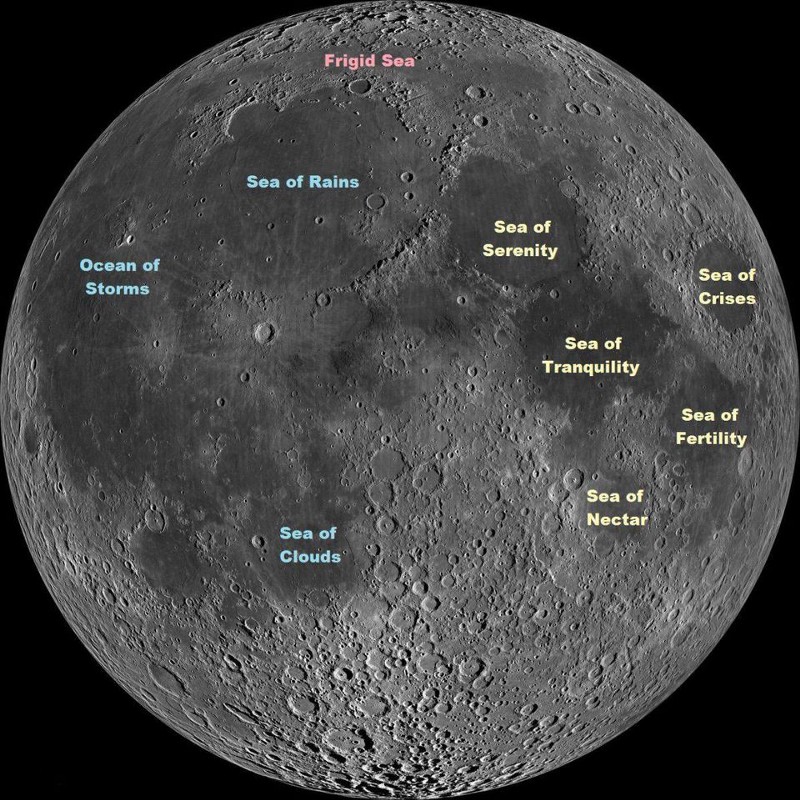
The maria — or seas — of the Moon’s surface visible on the near site. The sea of tranquility (Mare Tranquillitas) was the site of Apollo 11’s landing. Our moon likely formed from a giant impact tens of millions of years after the other planets formed, and makes our Moon the only large satellite of a terrestrial planet known to date. Credit: (NASA/GSFC/ARIZONA STATE UNIVERSITY, ANNOTATIONS BY STARDATE / THE UNIVERSITY OF TEXAS MCDONALD OBSERVATORY)
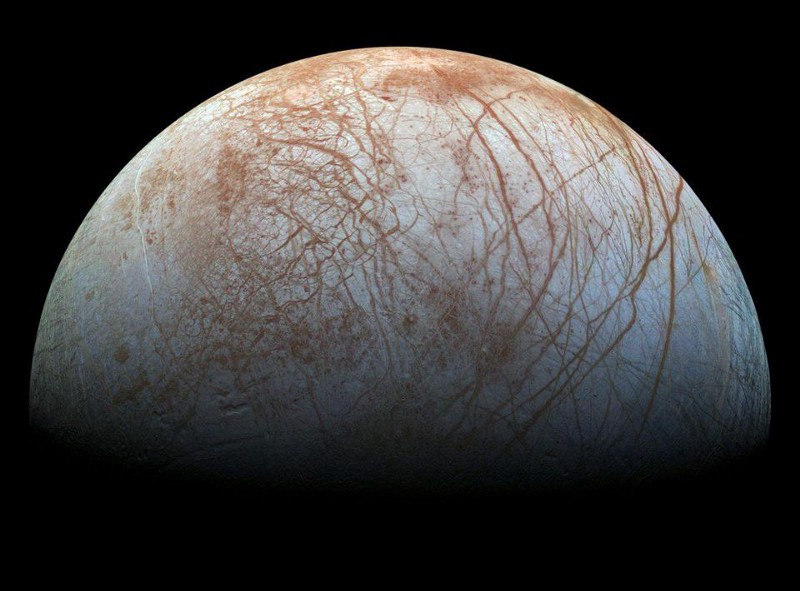
Europa, one of the solar system’s largest moons, orbits Jupiter. Beneath its frozen, icy surface, a liquid water of ocean is heated by tidal forces from Jupiter. CREDIT: (NASA, JPL-CALTECH, SETI INSTITUTE, CYNTHIA PHILLIPS, MARTY VALENTI)
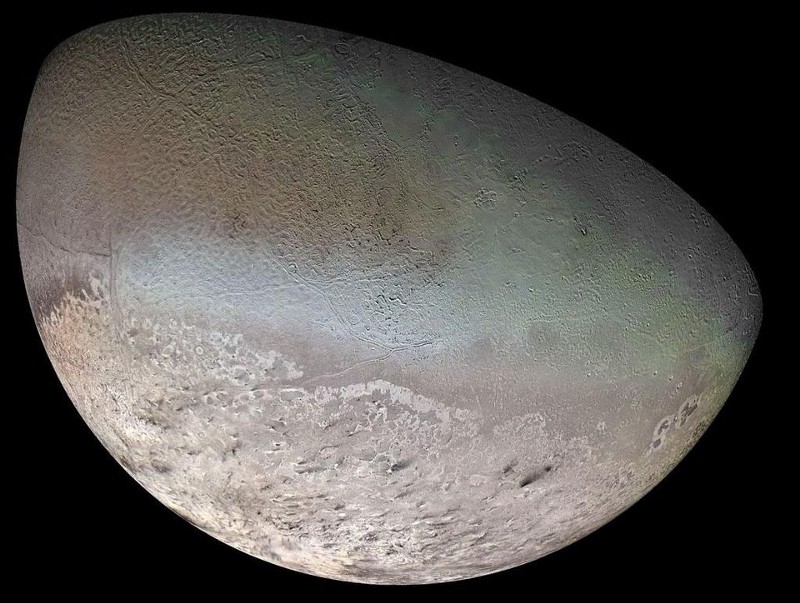
Global color mosaic of Triton, taken in 1989 by Voyager 2 during its flyby of the Neptune system. Color was synthesized by combining high-resolution images taken through orange, violet, and ultraviolet filters; these images were displayed as red, green, and blue images and combined to create this color version. The reddish color by the pole is thought to be a result of ultraviolet light reacting with methane, similar to what’s been seen more recently on Pluto, pointing towards a similar origin. CREDIT: (NASA / JPL / USGS)
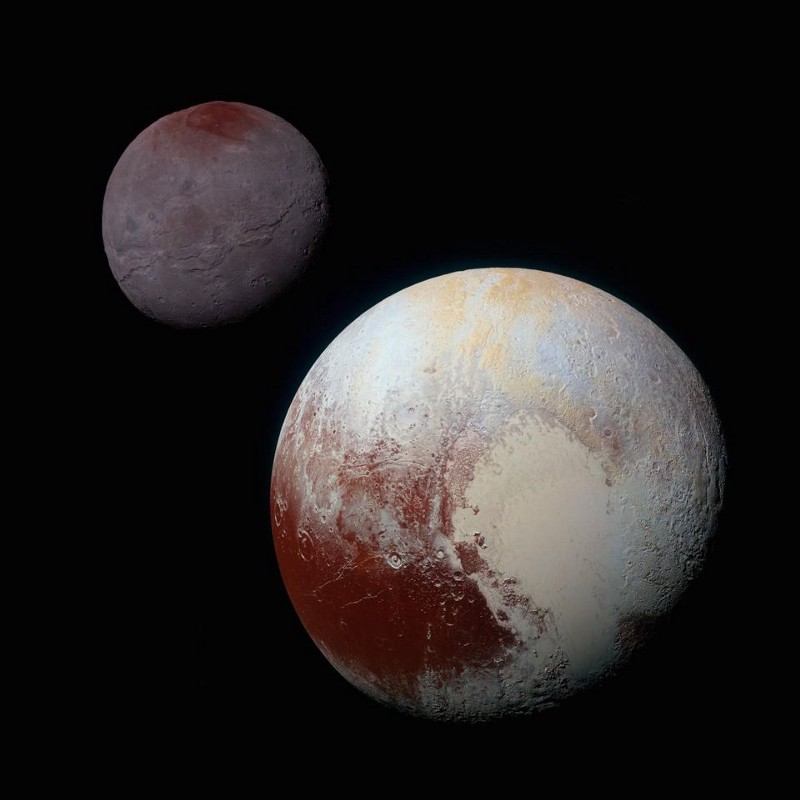
Pluto and its moon Charon; image composite stitched together from many New Horizons images. Pluto is the 8th largest non-Planet in our Solar System; Charon ranks at number 17. CREDIT:(NASA / NEW HORIZONS / LORRI)
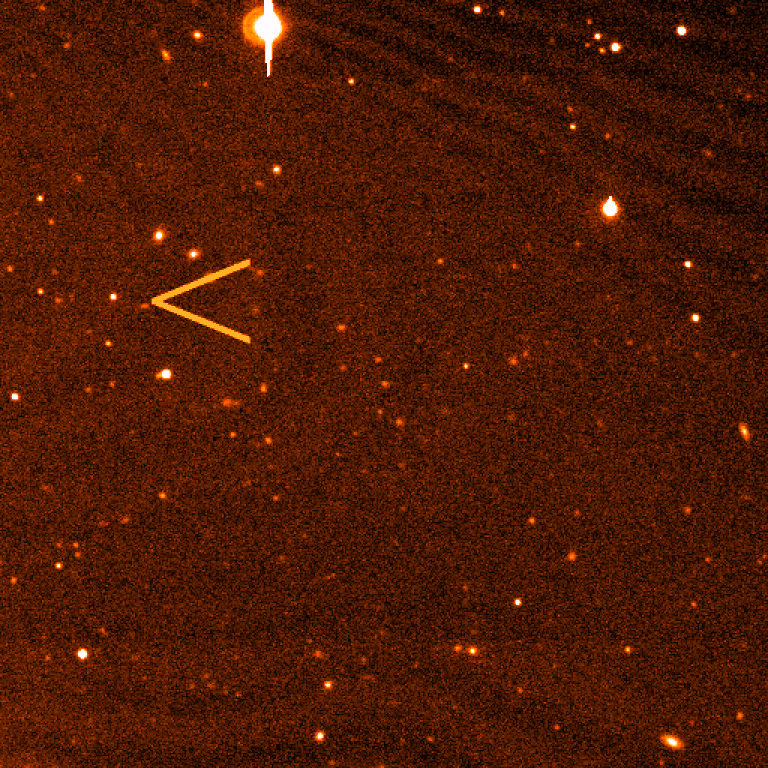
Eris can barely be imaged even with the most powerful of telescopes, as its extreme distance from the Sun, even with its white color and large size, makes it impossible to resolve with current technology. All that we know about it have had to come from very clever measurement techniques, along with a little bit of serendipity. CREDIT: (WIKIMEDIA COMMONS USER LITEFANTASTIC)
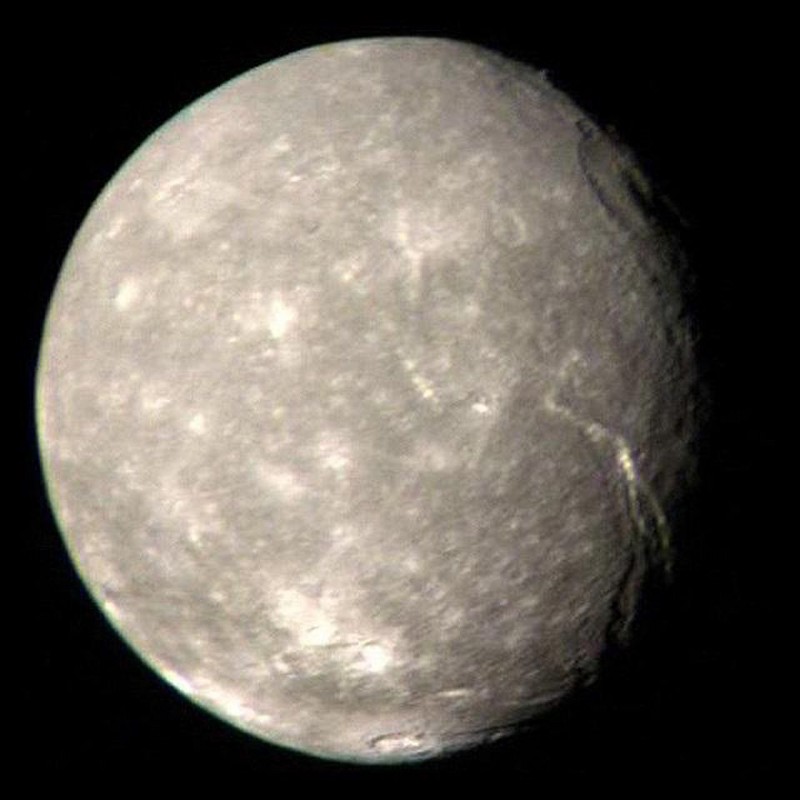
This high-resolution color composite of Titania was made from Voyager 2 images taken Jan. 24, 1986, as the spacecraft neared its closest approach to Uranus. Voyager’s narrow-angle camera acquired this image of Titania, one of the large moons of Uranus, through the violet and clear filters. The spacecraft was about 500,000 kilometers (300,000 miles) away. CREDIT: (NASA / VOYAGER 2)
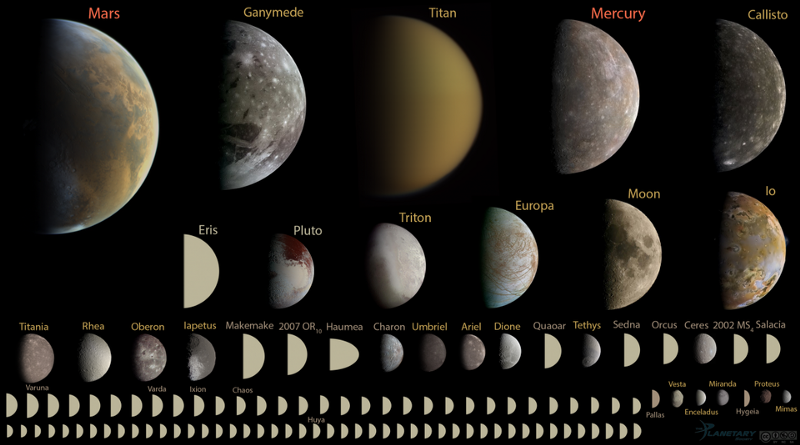
When you rank all the moons, small planets, and dwarf planets in our Solar System, you can see that many of the largest non-planetary objects are moons, with a few being Kuiper belt objects. It isn’t until you get all the way down to Sedna or Ceres that we find a world that doesn’t fall into one of those two categories. Credit: (MONTAGE BY EMILY LAKDAWALLA. DATA FROM NASA / JPL, JHUAPL/SWRI, SSI, AND UCLA / MPS / DLR / IDA, PROCESSED BY GORDAN UGARKOVIC, TED STRYK, BJORN JONSSON, ROMAN TKACHENKO, AND EMILY LAKDAWALLA)